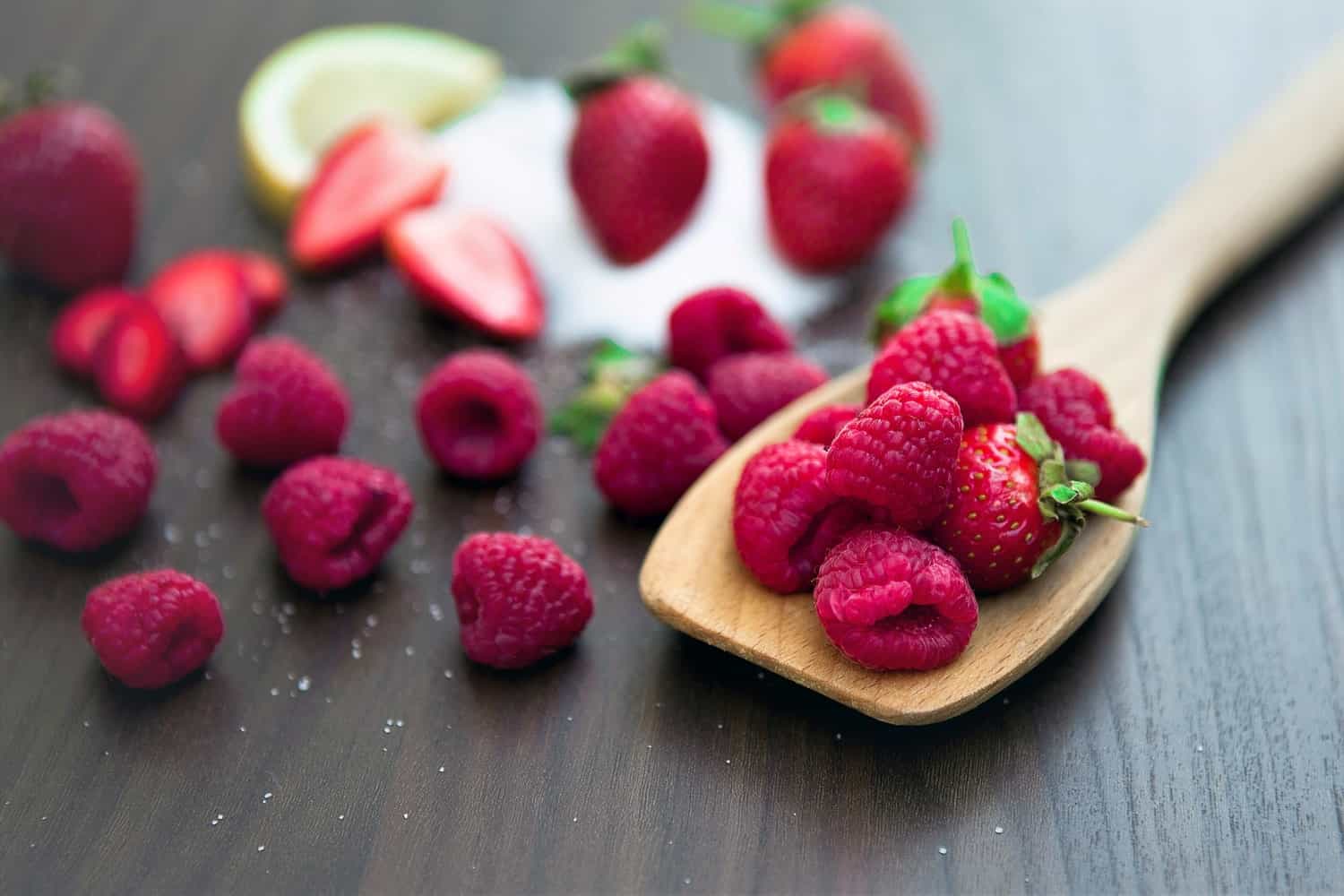Blueberries, cranberries, strawberries… we know we should be eating them, but aren’t they more or less the same? Well, yes and no. They all contain phytochemicals that protect our cells from damage, but each berry also has something unique about it—something that will help our bodies in its special way.
In no particular order, here are eight berries worth adding to your diet regularly.
1. Goji berries
Had a big night out? Grab a handful of goji berries. Originally grown in Tibet and Nepal, they have been scientifically proven to protect the liver from toxins. They are composed of 21 trace minerals, 18 essential amino acids, linoleic acid, selenium, and B vitamins 1, 2, and 6. If that weren’t enough, they also provide more beta carotene than a carrot.
2. Acai berries
Originating from the depths of the Amazon, the acai berry was used by the locals for general healing and for energy, which could be why it’s still associated with relieving arthritic pain today. These berries are filled to the brim with the phytonutrient anthocyanin, which means they help with heart health and lower cholesterol levels.
We like antioxidants, as they’re responsible for slowing down the aging process. With this in mind, you’ll be pleased to know that one acai berry contains two times the amount of antioxidants compared with a blueberry.
3. Strawberries
There are more than 600 varieties of strawberries. That’s a lot! All of them are high in phytonutrients called phenols. Phenols protect us from disease as well as support general good health.
They are an excellent source of potassium, fiber, many B vitamins, vitamin C, vitamin K, folate, manganese, iodine, omega-3 fatty acids, copper, and magnesium. As a bonus, they contain isothiocyanate, which helps fight esophageal cancer. Studies show that antioxidants in strawberries may also help protect the brain, help our vision, and be useful in the fight against liver cancer.
4. Cranberries
The cranberry’s claim to fame is helping fight urinary and bladder infections, but did you know they may also help reduce the risk of breast, colon, prostate, and lung cancers? There’s more to a cranberry than you thought!
5. Raspberries
Raspberries contain more vitamin C than an orange and more fiber than a bran muffin. Who would have known! Scientists are also looking into the raspberry’s potential for helping with obesity, as the high concentration of phytonutrients appears to increase metabolism in fat cells. It may come as no surprise that this is a good berry for digestive issues too.
6. Blueberries
The blueberry is an antioxidant powerhouse and ranks number one on the fruit and vegetables antioxidant list (yes, this does exist). That deep blue color is related to high amounts of anthocyanidin, which aids in the process of neutralizing free radical damage in our cells (which means they help us stay looking younger).
Get your attention now! Blueberries also help to reduce our chances of developing heart disease, cataracts, glaucoma, varicose veins, hemorrhoids, and peptic ulcers.
The American Institute for Cancer Research states, “We now know that blueberries are one of the best sources of antioxidants, substances that can slow the aging process and reduce cell damage that can lead to cancer.” And don’t let me forget that blueberries help to improve memory.
7. Blackberries
High cholesterol? Eat blackberries. They contain the soluble fiber pectin, which looks like it can lower cholesterol levels. They also contain humungous amounts of vitamins C, E, and ellagic acid, which fight chronic disease and cancer (especially malignancies of the mouth and colon).
8. Cherries
Have trouble sleeping? Cherries contain melatonin, so this could be your berry of choice. It’s a natural chemical related to healthy sleep rhythms, so having cherries an hour or so before bedtime could help you fall asleep. Meanwhile, they are high in the antioxidant flavonoid, which has been shown to promote cell and tissue health—in other words, it’s a good anti-aging option.
As anthocyanin is found in fruits and vegetables of red, purple, and blue colorings, cherries could also help reduce joint and muscle discomfort.
To get the most out of your fruit, remember to go for organic berries—these contain more antioxidants than regular berries.















